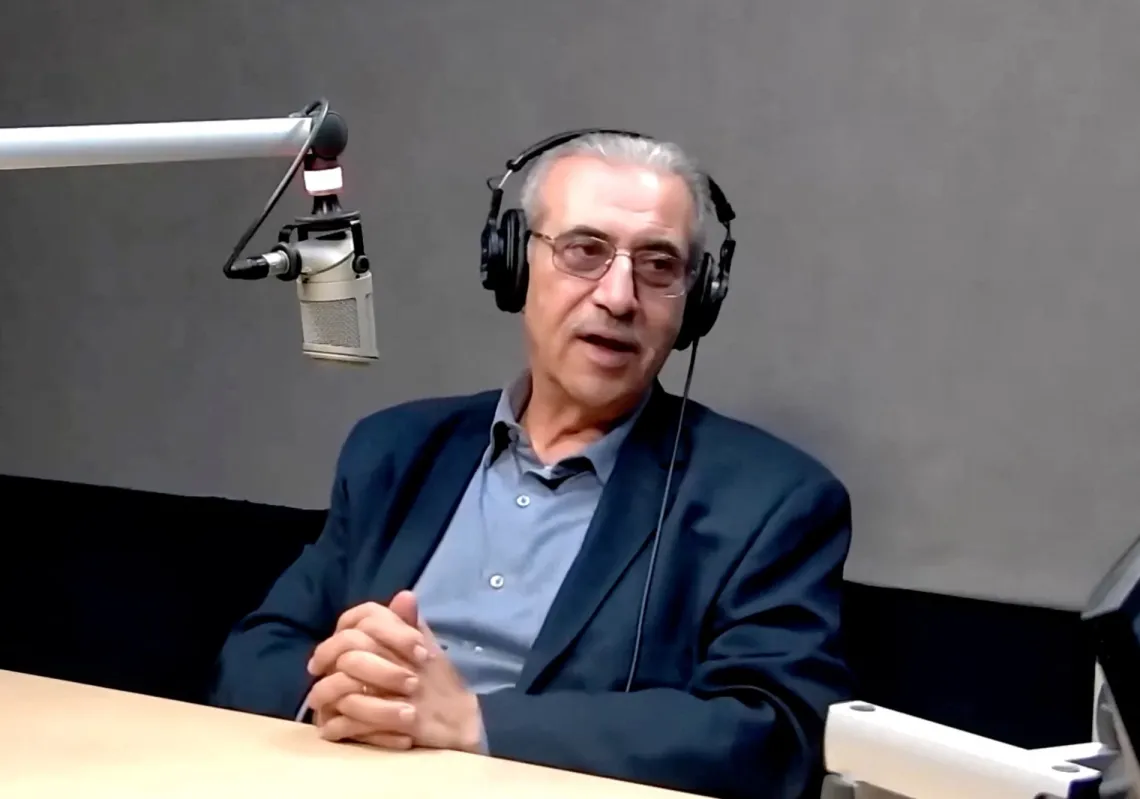Medical experts say the tendency to rush towards risky behaviours is a significant factor in drug addiction among children and teenagers. It begins with habits like smoking cigarettes and shisha before transitioning to more dangerous substances like hashish, alcohol, narcotics, and synthetic drugs.
Currently, the most popular synthetic drugs among school-aged children include Voodoo, Astrox, and Tramadol, a potent painkiller. Hammad says these drugs appeal to young people because they are cheap, produce a sense of euphoria, and are often undetectable in standard drug tests.
Hammad says children and young adults who use these drugs often exhibit impulsive behaviours, start failing academically, become sexually active earlier, and get drawn to dangerous situations. They also come up with defensive strategies and fabricate stories to conceal signs of their addiction.
According to the FCTAA data, these synthetic drugs account for 16% of drug abuse cases in children and young adults. Heroin accounts for almost 44%, while cannabis accounts for almost 36%.
Early-age drug and opiate addiction in children and adolescents disrupts brain development, leading to a thinner cerebral cortex. This alters the brain structure and impairs its functioning, resulting in a decline in educational performance and achievement, an increased inclination towards risk, unpredictable emotional responses (such as excessive crying or laughing), and symptoms of depression.

Prevention and treatment
It highlights the critical need for prevention and early intervention to mitigate the long-term effects of drug addiction on children. The Egyptian government and the FCTAA say their addiction treatment hotlines operate "with complete secrecy," offering free and confidential advice, information on drugs, crisis counselling for users and their families, and referrals to specialised treatment centres.
The problem is exacerbated because children and young adults are often unaware of the dangers of drug addiction because this is not taught in schools, making them vulnerable. Another issue is the late detection of addiction in children and young adults, meaning delayed treatment and potentially long-term consequences.
To rectify the situation, the Egyptian government and the FCTAA are launching campaigns in schools to raise awareness of the dangers of addiction, explaining how drug use is linked to crime and accidents. This is through school visits with visual content, social media campaigns, theatrical performances and interactive presentations, and training youth cadres and student volunteers.
The government says these campaigns have engaged 40,000 students in universities in Cairo, Helwan, Sohag, Zagazig, and the South Valley, while training has been given to 4,000 Egyptian social workers who visit schools, so they can more easily spot signs of substance abuse. The FCTAA campaign aims to develop the first Arab plan to reduce drug demand, working with the Council of Arab Ministers of Social Affairs.
According to the UN Office on Drugs and Crime, significant quantities of heroin and tramadol were seized in 2022 by Egyptian authorities. Other African countries like Benin, Burkina Faso, Togo, and Algeria also reported seizures of heroin. The 2023 World Drug Report revealed that Africa accounted for half of the global seizures of opioids from 2017-21, with tramadol, a synthetic opioid not subject to international control, chief among them. This poses a significant threat to the continent.












